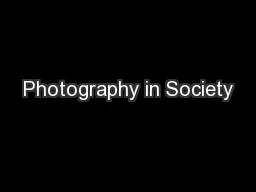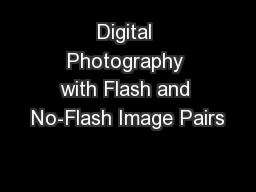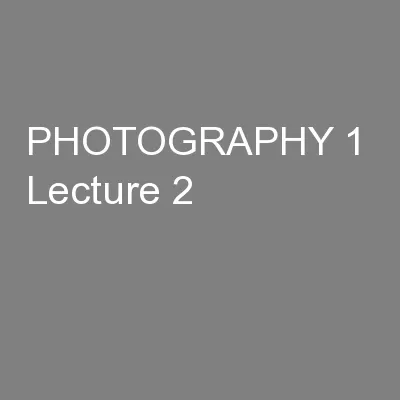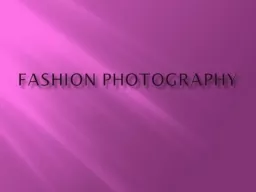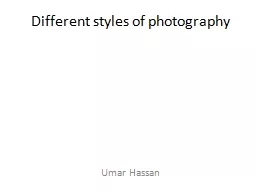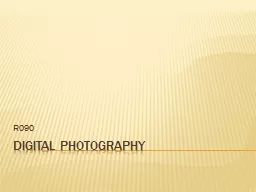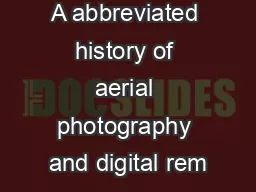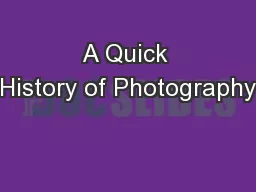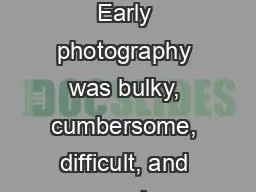PPT-Photography in Society
Author : alida-meadow | Published Date : 2017-10-12
Jessica Seth Pinhole Camera A pinhole camera is a camera without a lens It is made out of a lightproof box usually black with one small hole on one side of the box
Presentation Embed Code
Download Presentation
Download Presentation The PPT/PDF document "Photography in Society" is the property of its rightful owner. Permission is granted to download and print the materials on this website for personal, non-commercial use only, and to display it on your personal computer provided you do not modify the materials and that you retain all copyright notices contained in the materials. By downloading content from our website, you accept the terms of this agreement.
Photography in Society: Transcript
Download Rules Of Document
"Photography in Society"The content belongs to its owner. You may download and print it for personal use, without modification, and keep all copyright notices. By downloading, you agree to these terms.
Related Documents

